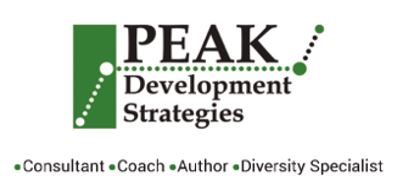Without a well-crafted job description, both employer and employee often lack a mutual understanding of roles, responsibilities, and anticipated levels of performance. A good job description also spells out the knowledge, abilities and skills required to perform a job successfully.
A business owner can use a well-written job description not only as a valuable aid in the job-recruiting process, but also as an outline for reporting relationships and working conditions.
A well-crafted job description can also be used for:
- Compensation – Job descriptions can be helpful in developing a standardized compensation program with a minimum and maximum range for each position.
- Performance management – A well-written job description can define measurable performance goals based on duties in the job description.
- Training and employee development – You can use your employee job descriptions as incentives for employees to pursue classes, seminars and other career development activities in order to enhance their skills and experience.
- Recognition and rewards – You can use the descriptions as a baseline for performance, and as a tool to encourage employee performance “above and beyond” the job description in order to receive recognition and rewards.
- Discipline – If necessary, you can use the job description to illustrate that an employee isn’t adequately performing job functions.
When it comes to writing a job description, flexibility is important. It may be wise to create more generic job descriptions that emphasize expectations and accountabilities, rather than specific tasks. Thereby encouraging employees to focus on results rather than job duties. A more wide-ranging job description is also easier to maintain–it doesn’t require modification with every minor change in duties.
When creating a job description, start with a three – four sentence, high-level summary of the position, e.g.
“This position encompasses the management of all corporate financial and accounting functions. This position requires a comprehensive understanding of the structure and function of the organization across all levels. This includes financial acquisition and expenditures and relationships with outside vendors and customers. This position has focal responsibilities for maintaining smooth functioning during times of financial change.”
The next section is a list of six to eight (no more) essential, primary responsibilities. Think high level. These are the responsibilities or domains that the person “owns”. Instead of saying “empty the trash in the office and kitchen” say “responsible for the removal of all trash in the company.”
The third section includes responsibilities that are shared with other employees, e.g. participate as a member of the Management Team. Again no more that six to eight responsibilities.
Finally the last section lists the skills, education, and experience to be successful in this position.
Revisit this document every so often, with your employee to see if it still reflects what you and the employee understands is his/her job.
Do all your employees have accurate job descriptions?
Michael Shapiro, E Group Partners, Inc.

Recent Comments